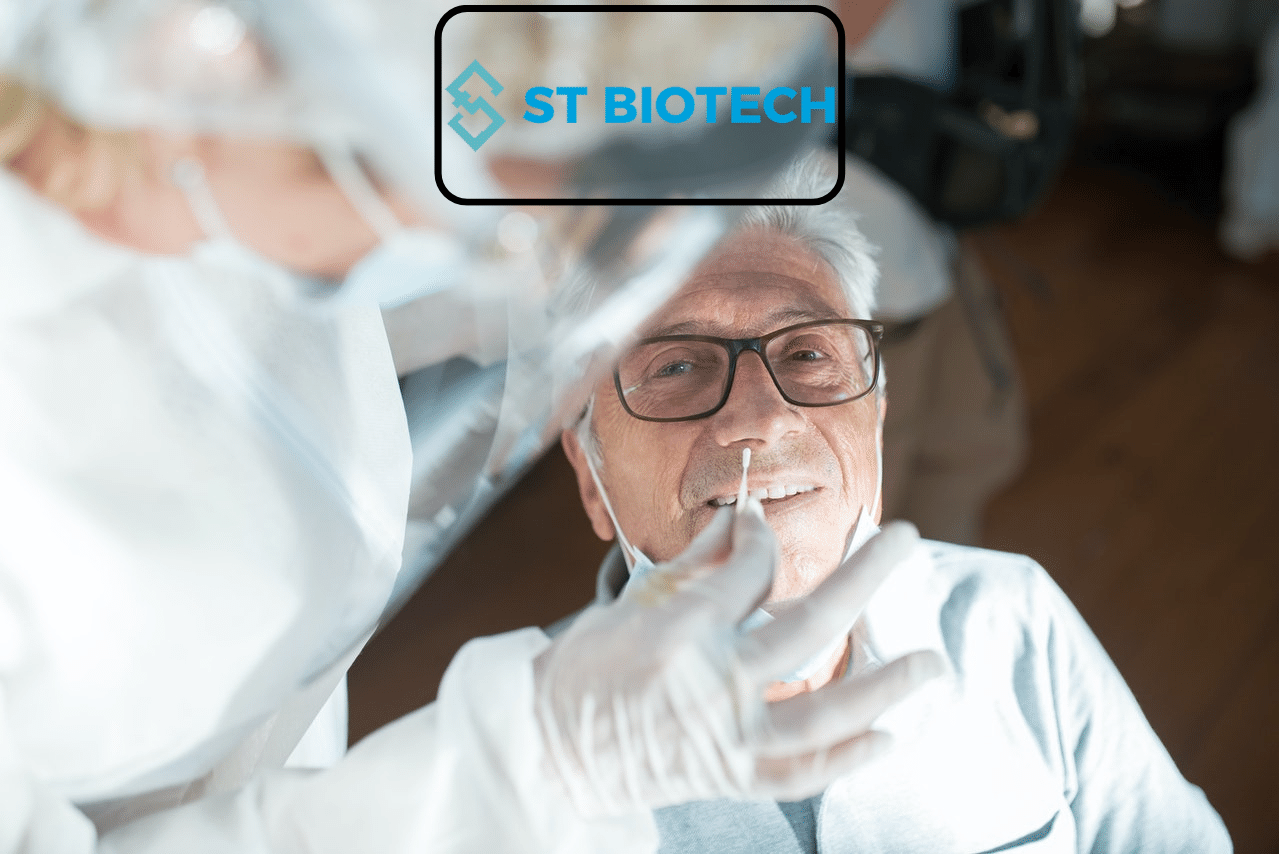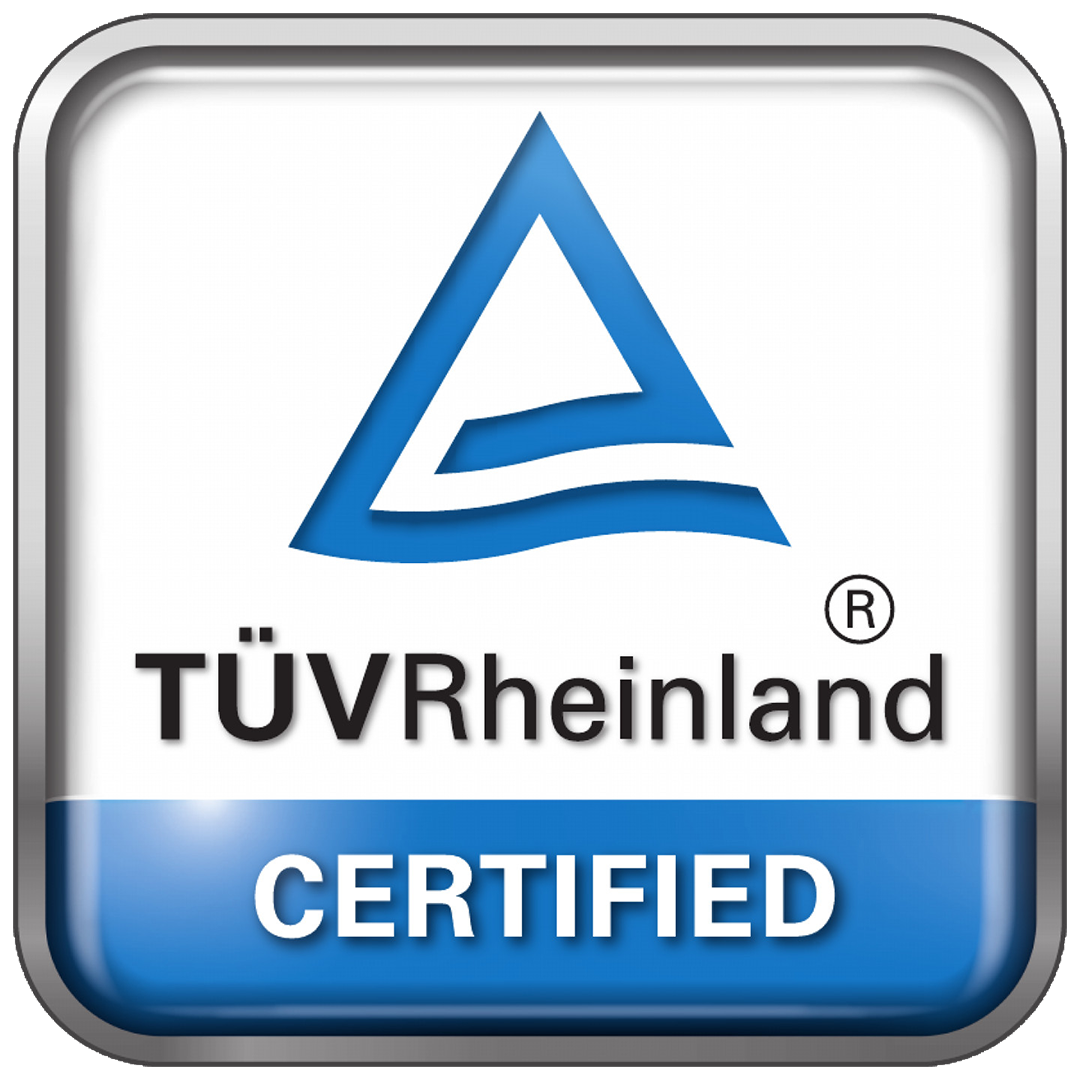Allergen control is becoming an increasingly significant component of the overall food safety procedures for the food sector. The recent suggestion by the U.S. Food and Drug Administration (FDA) on preventative measures implies, in part, that allergens should be classified as risks in instances where undeclared allergens are reasonably expected to occur in the absence of suitable controls.
Thus, allergens form part of many food manufacturing companies’ overall Hazard Analysis and Critical Control Points program. Accordingly, Critical Control Points must be defined, and critical limitations must be created. Allergen control approaches must be validated and verified.
Beginning in the mid-1990s, analytical test methods were developed that may be used to validate and verify allergen management strategies. These approaches are now in widespread usage. During this period, several analytical methods have been developed, such as enzyme-linked immunosorbent assays (ELISAs) for specific allergen residues, ATP analysis, protein analysis, and polymerase chain reaction (PCR) to detect DNA fragments from allergenic foods. There are mass spectrometry methods to detect specific target peptides from allergenic sources, among other things. In modern society, Protein swabs tests are also used for this purpose.
What are the Protein Swabs?
The Protein Rapid Swabs allow you to check the level of proteins remaining on your equipment after washing disinfection without having to go to the lab in less than a minute.
General protein swab testing is an effective and commonly used method for detecting the presence of any protein on a surface. Any protein will cause a reaction in these surface tests, regardless of whether it comes from nuts, meats, dairy, or other sources. Allergen-specific tests are more sensitive, while general protein swabs are far less expensive. This makes them an excellent addition to a food safety program, particularly when it comes to ensuring that cleaning has occurred.
For general protein testing, swabbing an area and then incubating the sample before interpreting the result is required. Some methods do not require an incubation period, but they are less sensitive and therefore unsuitable for allergen removal. When the sample is combined with the reagent or incubated, it will change color in all fast protein surface testing methods.
While there are many brands of general protein swabs available, we are delighted to offer safe, quick, easy, and effective swabs.
Protein swabs should not be used alone to control allergens because they only act on surfaces and identify protein molecules without distinction. In other words, protein tests are unable to distinguish between protein from an allergen such as peanut and protein from any other source. They’re also less sensitive than allergen-specific tests. Verification with a kit might be useful in circumstances where there is no test kit available to screen for a specific allergy.
Advantages of Using protein swabs
Advantages of protein swab tests include the following:
- They can detect protein from a wide range of allergens, including allergens for which there is no specific fast test; they are non-invasive; and they are inexpensive.
- Results are obtained quickly – between 5 to 30 minutes, depending on the incubation time.
- Allowing for the collection of several data points at a minimal cost is a good thing.
- It is simple to use and understand.
What are the factors that should be considered when doing the protein test swabbing?
- Make sure the current protein swab test you obtain is appropriate for your needs.
- Make use of the protein swabs that are available from approved vendors. Not all cotton swabs are created equal, however. Swabs that are less expensive may not be as effective at removing protein/allergen from equipment surfaces. When using less expensive swabs, it’s possible that the protein or allergen will not be released into the extraction solution for the protein swab test. The plastic rods used in the low-cost swabs are occasionally made from recycled milk cartons, which can result in false positives for milk contamination in the sample.
- The protein swab test should be performed in accordance with the directions supplied by the kit manufacturers. Make a special effort to avoid providing opportunities for contamination of the swabs before or after surface swabbing is completed.
- The majority of the swabbing research has been done on stainless steel surfaces, as previously stated. It is possible that the swab will be less effective at removing protein/allergen residues from other types of surfaces.
- Do not swab only the flat, smooth surfaces of the surface. When cleaning other food contact surfaces, such as cracks and joints (for example), it is vital to swab them thoroughly because they are more difficult to completely clean of allergen residue than other surfaces.
- The validation of allergens using protein swab tests can be carried out successfully in a variety of situations and has aspects that are applicable to whatever approach that is used.




